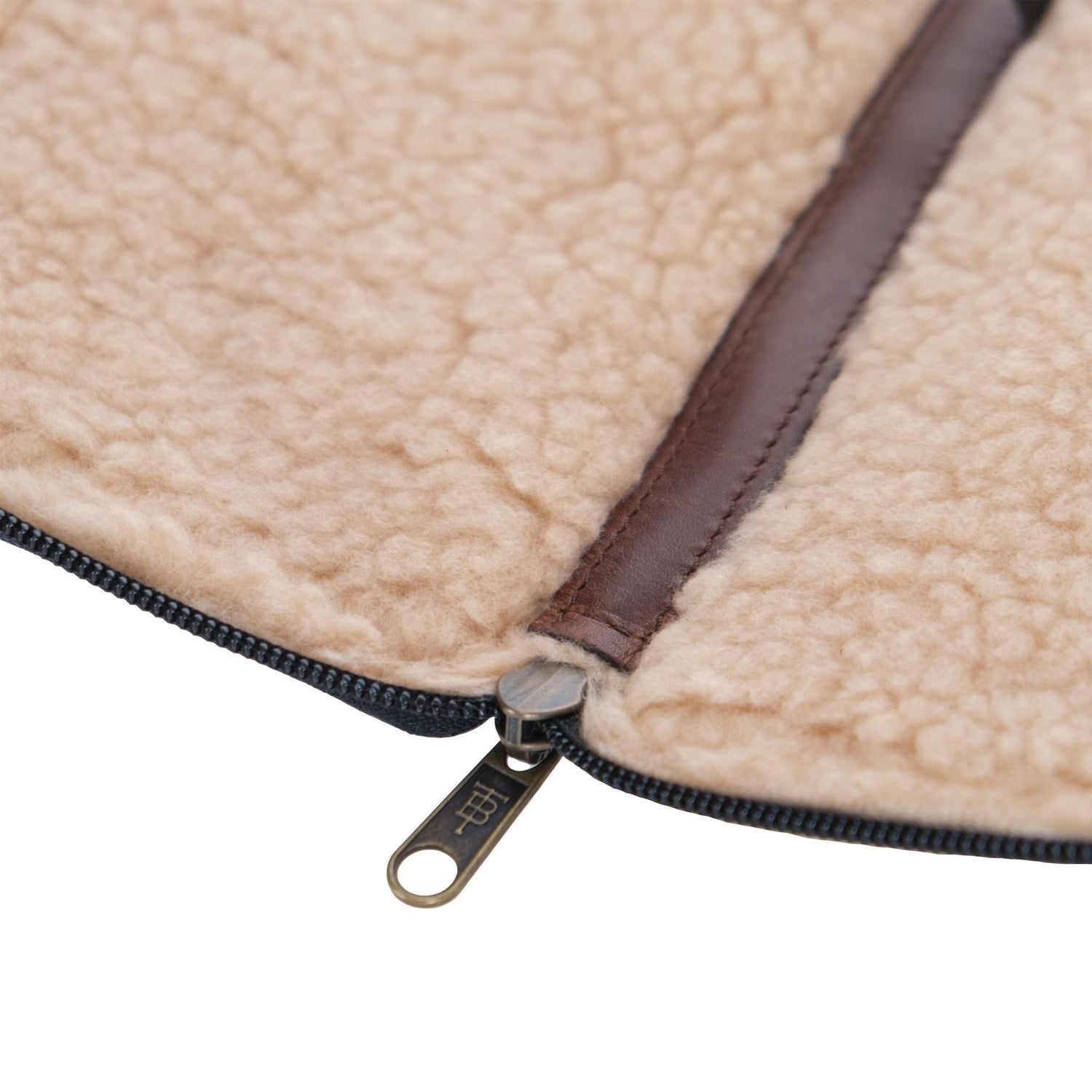Las Brisas tortilleria is the first to stir. A woman flips on the lights, lifts the metal windows, and soon, the ancient machines begin to creak. A few trucks labor down the sandy frontage road with pangas in tow. Captain Rigo is already at the launch waiting, his boat idling just off the beach, the cherry of his cigarette visible in the darkness.
In this part of Mexico—the discovered again hamlets along the Sea of Cortez—most fishing trips begin with a bait run. It’s off to Las Cruces, or over to Isla Cerralvo to cast nets for sardines. Rigo is known for his netcasting. In fact, before he came to a career as a sports fishing guide, he worked in the bait industry, selling live sardines to the growing number of anglers who came here for roosterfish and mahi-mahi. You can get so caught up in the pursuit of making bait that you nearly miss the brutal and gorgeous sunrise.
Throwing a cast net is not as simple as it looks. First, the fisherman has to spot the sardines—silvery dimples in the water’s surface, or bright flashes below. Today, low tide and sloppy seas coincide with sunrise. Standing on the bow of the boat, Captain Rigo searches for something specific. There are pelicans and gulls on the rocks, a cormorant sculling along in the chop. The reef is visible. The net blooms over the sea for an instant before the individual weights crash to the surface in concert. Sometimes it takes dozens of throws to fill the bait well, but today the first effort yields over a thousand sardines. They flitter on the deck of the panga. The battered and bruised are tossed back into the swells. Pelicans race in to take the stunned ones; jacks and juvenile snappers zoom in the green water picking off the finger-length fish the birds miss. But the majority end up in the bait tank unscathed.
Now, we’re racing out to the buoys to check for dorado. It’s June and this is one of the special times of the year when an angler has a reasonable chance of catching a dorado and a roosterfish on the same day. But the mahi-mahi are not at the buoys. Needlefish and skipjack tuna boil on the live sardines as Rigo broadcasts them. You simply cast your fly into the feeding frenzy and hold on. It’s great fun to catch a skipjack on a flyrod. They readily take sardine patterns, and their first run is a searing dash toward the bottom of the sea. But one or two is enough. Anything beyond that is just punishment.
Rigo doesn’t say “Let’s move”, but I notice that he stops throwing sardines. He’s seen enough needlefish and pelicans. He wants to go to the rocks off Las Cruces to see if the pez gallo are there.
Las Cruces is a luxury hotel with a tiny marina. Reachable only by plane, there is a church and a main house, but no one is about unless you count the impeccably dressed worker raking the sand near the restaurant. There are palapas on the beach, but no sunbathers. A jet ski parked in the shallows as if the rider simply grew tired of it and left it there. Three stone crosses visible on the rocks at the marina.
“Must be nice,” says my fishing partner Rich Chiappone. He’s a fly tyer and a writer like me, and neither of us ever made any serious money writing about fish. Rich made his living hanging wallpaper. It was a teaching position at a two-year college for me.
Rigo slows the panga. He scoops a few dozen sardines from the well and begins to toss them into the nervous water where the reef nearly breaks the surface. “Pez gallo,” the captain says with no real alarm. Immediately, small roosters in the five-to-ten-pound class begin to crash the bait. A feeding roosterfish is one of nature’s most beautiful accomplishments, right up there with waterfalls and rainbows. Their seven long dorsal fins cut the surface when they are dogging sardines. Notoriously difficult to fool with a fly, roosters are the only member of the family Nematistiidae. Their bodies are barred with black stripes that perhaps help them camouflage themselves but are so otherworldly silver and blue it’s hard to believe they are capable of going unnoticed anywhere they might go.
And where do they go? Mostly along the Pacific coast of Mexico to Peru. They are abundant in the Sea of Cortez, and despite what fly fishermen say about them, they are considered a food source by the locals. They tell me the smaller ones are good for ceviche. The big ones are grilled. But the locals also know that there is a growing contingent of fly fishermen who come and spend enormous amounts of money for the chance at a rooster.
One July, a few years ago, I caught a thirty-pound rooster on live bait. It fought like a jack crevalle, and when it was all over, the captain wanted me to put it in my lap for a photo. I didn’t want to take it out of the water, but he said he needed the photos for his webpage, so I did it, reluctantly. The fish was thoroughly exhausted, and the whole experience of dragging it up over the gunnels left me with a churning in the pit of my stomach. I stewed over it at a bar where even three margaritas and a mariachi band couldn’t change the mood.
But the mood off of Las Cruces was improving. As we drifted along the reef, more roosters rushed the bait. Frigate birds appeared and often worked the wayward sardines along with the roosterfish. Pargo and cabrilla swirled out of the rocks and began to feed.
I had never caught a roosterfish on a fly. Neither had Rich. This seemed to be a great opportunity for us both. But after several turn-downs, I was beginning to question my fly pattern. I was throwing a Deceiver, a common sardine pattern tied by the very same person who was casting like mad in from the stern. Rich was tucked in beside the bait well where a constant flow of sardines left the boat and were immediately devoured. Neither of us had a strike.
But Rich has far more experience than I with saltwater fly fishing. He stopped everything he was doing and sat down near his gear bag. He found his nippers and some new tippet material. I was amazed by his discipline. Ignoring everything that was happening around him—the crashing roosters, the frigate birds, a pair of tanned women in bikinis laying their towels out on the sand not 100 yards distant--he swapped out his thirty-pound leader for sixteen-pound. And on the next cast, he caught his first rooster.
The fish went maybe eight pounds. Light danced along its flanks. I kept casting. I glanced over as Rich set the fish free. There was no talk of photographs or posing. Captain Rigo is not the kind of guy who worries about his website. He would never ask a fisherman to do something he didn’t already want to do.
Rich hooked another rooster, and then another. I should have done the wise thing, the intelligent thing, and changed my leader. But we were running low on sardines and running low on time. I kept thinking that there was a fish out there who didn’t care about my leader, who would willingly sacrifice himself to save my reputation. Is it possible, just this once, to let me slide?
The day was over. I managed a green jack and a pompano, but no rooster. It would have to wait for another day.
Back at our rental house drinks were coming into the world: Skinny Margs, Manhattans. We were sharing a compound with my two college buddies, Dean and Jay. Poolside, we were regaled with stories of high adventure and gross success. My friends fish with spinning rods and live bait. They couldn’t understand why Rich and I were willing to go to all of the trouble of tying flies, casting them, changing them, wondering about them, arranging them, talking about them when all you had to do was soak a live sardine. It was not lost on me that Dean and Jay had done very well in the business world—they are both in the C-Suite--while Rich and I drive beat-up trucks and fly economy if we fly at all. On this day they had caught three mahi-mahi, various snappers, and dozens of roosterfish. They had lost count, thankfully.
“Dave, why make it so hard?” said Dean. He wasn’t being mean. He was being earnest. Thirty years in business had made him into a problem solver. I didn’t have an answer ready. But I still had another day.
Rich and I were meeting Rigo at five a.m. behind Playa Central. All night I thought about the roosters coming off the reef and crashing the live bait in the green water. The frigate birds and the roosterfish seem to have made a pact, for they work together, or so it seems. The way the combs of the fish break the surface of the waves as they dodge in to devour baitfish, the cries of birds, the rock and tilt of the boat, the sound of the bilge pump. The sweet smell of cigarettes. Roosterfish vanish as fast as they appear, and that intrigued me to the point of insomnia. It was midnight and I only had four more hours to sleep. I Googled “Best ways to catch roosterfish” from my bed. I bit my nails. Sunrise would be here soon enough.
I dug through my luggage and found a spool of sixteen-pound-test. I held it in the glow of my cellphone. Then I went into Rich’s room. It was a terrible clutter of fly boxes, flip-flops, and tubes of sunblock. I woke him. He startled. “Whaaaat?” he said, half asleep. But when he heard I only wanted him to tie me a seven-foot leader in sixteen-pound test, he fumbled for his readers, sat up, and got to work.
About the Author
Dave Zoby has been writing stories about the outdoors for over twenty years. A regular voice in publications such as Gray's Sporting Journal, The Drake, Wyoming Wildlife, and others, Dave is an avid fly fisherman and upland hunter. His essays have won awards and been anthologized. Dave lives and teaches in Casper, WY.

















